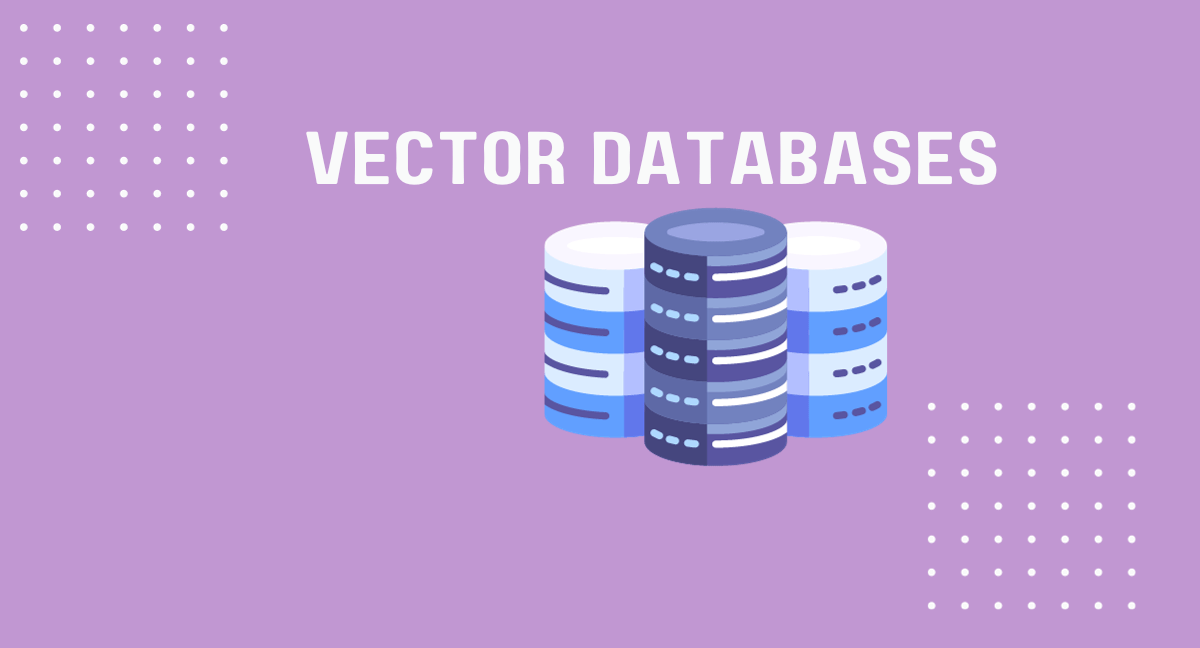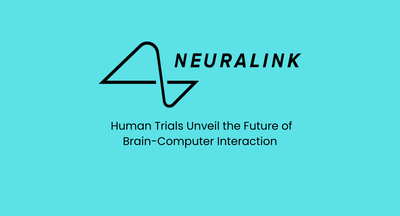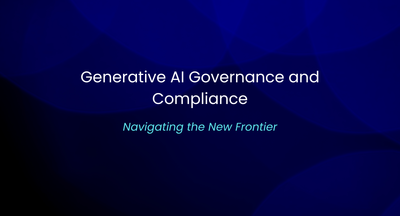Vector Databases

Powering the Next Generation of AI
Imagine the vast universe of data, and imagine trying to make sense of this enormous space. This is where vector databases come into play. But what are they? And why are they so crucial in the world of AI? Let's explore the vector databases!
Vector Databases: In a Nutshell
Vector databases store data in multi-dimensional numeric vectors. Think of it as converting complex data like images or text into unique digital signatures. This unique numeric form is what enables AI to understand and analyze vast amounts of unstructured data.

Why It Matters for AI
- Generative AI Powerhouse: Behind striking AI models like DALL-E for images or GPT-3 for text lies the magic of vector databases. These databases feed these models with the necessary data, making them understand and generate human-like outputs.
- Ultra-fast Search Capabilities: Searching in AI isn't just about matching; it's about understanding and finding similarities. Vector databases excel at this, making operations like image search or recommendations a breeze.
- Enabler for Modern Applications: From training the hottest AI models to fueling recommendation engines or detecting anomalies, vector databases are at the core of many advanced applications today.
Real-world Champions
Various trailblazing companies are already harnessing the power of vector databases:
- Shopify: Harnessing vectors to recommend products based on user behaviors.
- Anthropic: Using vector stores for more context-aware AI responses.
- InstaDeep: Mapping billions of chemical molecules with vector databases for potential drug discovery.
- Insitro: Integrating vector stores with their ML platform for advanced pharmaceutical discovery. Their vectors connect drugs, targets, and diseases, simplifying disease pathway modeling.
- Replica: The conversational AI startup uses vector indexes of chat logs to make chatbots more conversational and empathetic by learning from past dialog patterns.
- Spectrum Labs: Cybersecurity firm Spectrum Labs extracts vector representations of network traffic to detect attacks. Their vector DB trains models on different traffic patterns.
Top Vector Databases & Libraries to Look Out For
- Elasticsearch: Not just a search engine but also supports vector fields.
- Faiss: A champion for efficient similarity search and clustering.
- Milvus: An open-source hero managing trillions of vector datasets.
- Weaviate: An open-source vector database for storing data objects and ML-model embeddings. Scales to billions of data objects.
- Pinecone: ML-focused vector database, built on the Faiss library for efficient similarity search.
- Qdrant: A vector similarity engine and database with extended filtering, useful for neural-network-based matching and faceted search.
- Vespa: A robust search engine and vector database supporting vector, lexical, and structured data search. Includes AI integration for data analysis.
- Vald: A cloud-native, scalable vector search engine using the ANN Algorithm NGT. Features automatic vector indexing and backup.
- ScaNN (Google Research): Library for efficient vector similarity search, essential for image search, NLP, recommendations, and anomaly detection.
- pgvector: An extension for PostgreSQL to store/query vector embeddings. Utilizes the Faiss library and offers a simple setup process.
The Distinction between Databases and Libraries: While both vector databases and libraries enable similarity search, databases boast broader functionality. They can handle various data sources, provide more user-friendly features, and often incorporate existing libraries like Faiss.
Vector databases are behind the success of modern AI applications. As AI continues to evolve, understanding and leveraging these databases will be crucial for anyone looking to stay at the forefront of technology. Whether you're an AI enthusiast, a business leader, or a curious reader, it's clear that vector databases are shaping our AI-driven future. Ready to make them a part of your AI journey?
We research, curate, and publish daily updates from the field of AI. A paid subscription gives you access to paid articles, a platform to build your own generative AI tools, invitations to closed events, and open-source tools.
Consider becoming a paying subscriber to get the latest!
No spam, no sharing to third party. Only you and me.






